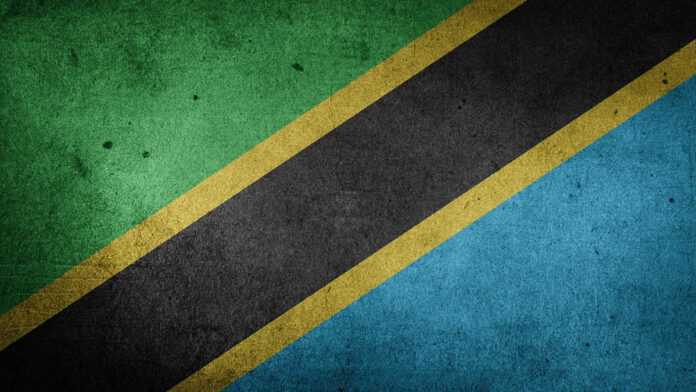
Tanzania is on course to achieve one of the main targets of the UN anti-poverty goals on reducing child deaths as a result of the decentralization of the healthcare system, researcher said.
A group of researchers have concluded that Tanzania has achieved a sizeable rate of reduction in child mortality between 2000 and 2004 as a result of the rapid increases in its healthcare budget.
Researchers at Tanzania’s Ifakara Health Research and Development Centre led by Dr. Hassan Mshinda, and colleagues analysed how Tanzania achieved this progress and asked whether it could be sustained in order for the country to meet the anti-poverty targets.
According to a study to be published in a special edition of the medical journal , the Lancet, the East African country is on target to meeting the UN Millennium Development Goals (MDG) target four.
Tanzania has made major progress on meeting the MDG – Goal Four on a two-thirds reduction in deaths among children under five between 1990 and 2015.
“Sound decision making on policies and adequate funding for them are making the difference,” UN Children Fund (UNICEF) said in a statement Friday.
UNICEF said whilst many African nations have made little or no progress towards meeting the MDG goal of reducing child deaths, Tanzania is on target.
The country has deployed a combination of key interventions in child health.
Tanzania would have reduced deaths among the children under five at the rate of 141 per 1,000 live births in 1990 to 47 per 1,000 by 2015, a reduction of two thirds.
The death rate was reduced by 24 per cent between 2000 and 2004. The results were achieved because Tanzania more than doubled its public expenditure on health.
“Such increased expenditure has been strongly correlated with increased survival in children younger than five years in developing countries, especially in poor people,” the researcher said.
Tanzania implemented policy shifts towards greater decentralization in 2000, by introducing grants that gave individual districts substantial financial resources .
This opened opportunities for local problem-solving and allowed districts to selectively increase resources for key interventions.
The improved funding for rural healthcare was supplemented with increased coverage of key child-survival interventions, such as integrated management of childhood illness, insecticide-treated nets to prevent malaria, vitamin A supplementation .
“There is optimism that Tanzania can maintain this mortality reduction, since there are a number of child health interventions that have recently been implemented whose effects will have barely shown up in the latest estimates,” UNICEF said.
The country has scaled up its Prevention of Mother to Child Transmission (HIV) programme and antiretroviral therapy started in 2005.
The health authorities there have also stepped up access to improved antimalarial treatment through artemisinin combination therapy also started in 2007.
UNICEF believes all of these factors are expected to substantially reduce child mortality in the remaining years of Countdown to 2015.

